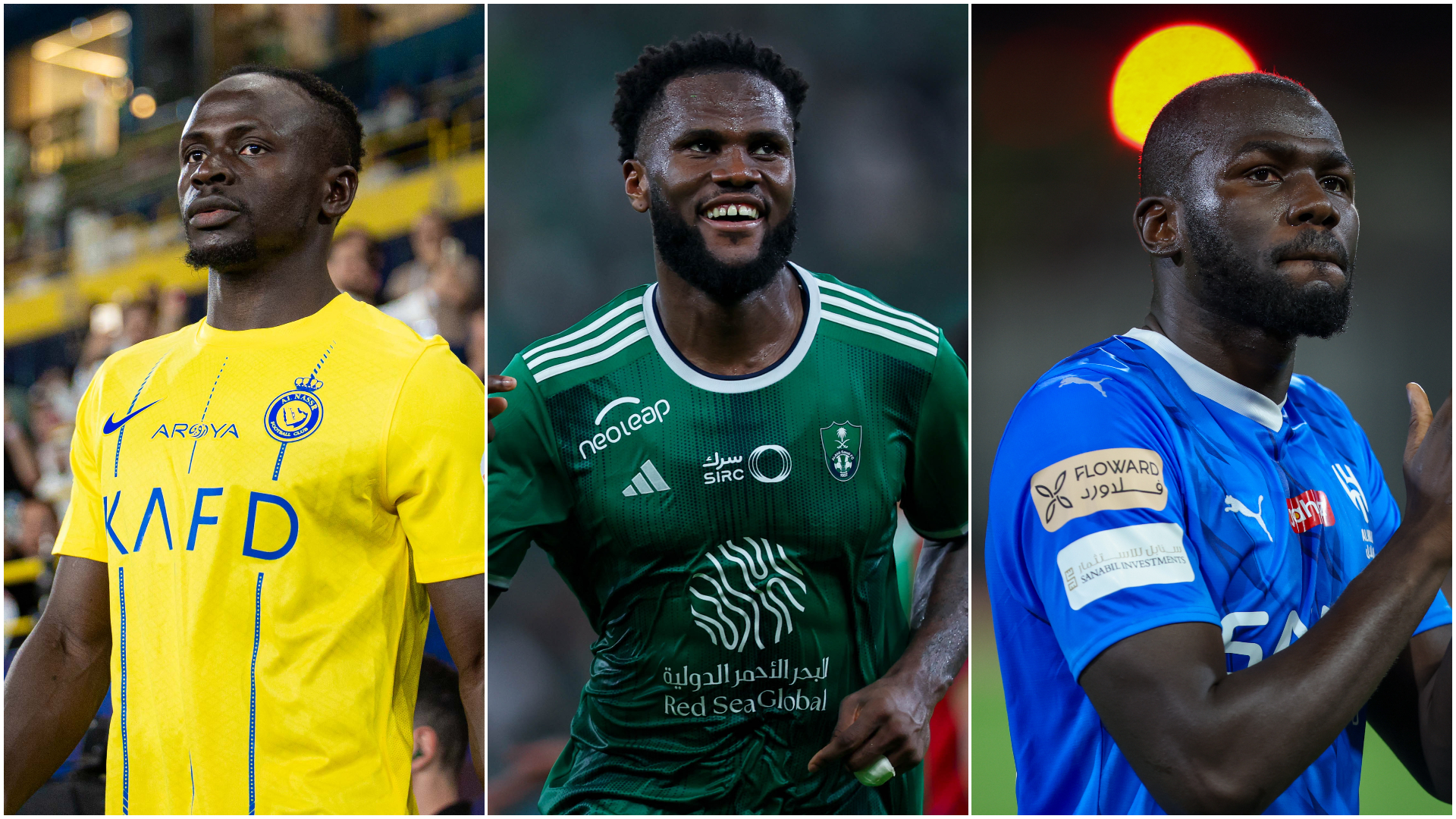After a period of extravagant spending that drew global attention to Saudi Arabia’s football league, the kingdom is now adopting a more measured approach, significantly reducing its transfer expenditures this year.Following a remarkable 2023, when Cristiano Ronaldo spearheaded a wave of high-profile arrivals to the oil-rich nation, transfer spending in the latest window plummeted from $957 million to $431 million. The previous influx of aging superstars has slowed, shifting focus towards sustainability.Today, Ronaldo and Karim Benzema — boasting six Ballons d’Or between them — regularly feature in the Saudi Pro League alongside stars like N’Golo Kanté, Sadio Mané, and the sidelined Neymar. However, new arrivals have been fewer, with Ivan Toney, who joined Al Ahli from Brentford, standing out as the most notable addition this season.Having been the second-biggest spender during the 2023 summer window, only trailing the English Premier League, the Saudi Pro League has now dropped to sixth place. This time, it lags behind Europe’s “Big Five” leagues that it aims to rival.Bold take: Saudi league will be among the best in the worldExperts suggest that Saudi officials are now weighing the commercial benefits of their initial investments as the country’s ambitious drive to diversify away from oil faces financial challenges.”I think they achieved the purpose last year, they put themselves on the map, they put the league on the map,” said James Dorsey, a senior fellow at the National University of Singapore’s Middle East Institute.”Someone like Ronaldo and others attract audiences… it’s now a question of how do you sustain that?”##EDITORS_CHOICE##Some have likened Saudi Arabia’s football ambitions to the Chinese Super League’s rise and fall, where high spending on foreign talent ended in financial turmoil. However, Saudi Arabia’s exclusive bid for the 2034 World Cup and its broader vision to become a global tourism and business hub suggest that the Saudi Pro League’s story may unfold differently.”There are more considered and strategic ways to address the challenges of talent acquisition, which one senses the Saudis are now contemplating,” said Simon Chadwick, professor of sport and geopolitical economy at France’s SKEMA Business School.”The expensive, lavish signings are not over forever, though it seems unlikely we will be seeing an occurrence like 2023 on a regular basis.”This shift in spending habits mirrors broader fiscal adjustments across the kingdom’s ambitious “giga-projects,” part of Crown Prince Mohammed bin Salman’s Vision 2030 initiative aimed at transforming the economy. The Saudi finance minister recently acknowledged that global uncertainties, including conflicts in Ukraine and Gaza and the aftermath of COVID-19, have prompted a reassessment of the reform plans, including the futuristic city NEOM.Omar Mugharbel, CEO da Saudi Pro League, garantiu que Ronaldo foi o catalisador que acelerou a transformação da Liga Saudita. ⚽#riade #arabiasaudita #omarmugharbel #saudiproleague #ronaldo #cristianoronaldo #cr7 #jorgejesus pic.twitter.com/RtDREDGlfq— maisfutebol (@maisfutebol) October 2, 2024 Saudi Arabia’s sovereign wealth fund, the Public Investment Fund (PIF), has turned to debt markets multiple times this year, while state-owned oil giant Aramco has sold over a billion shares to support major projects.”This year Saudi Arabia has stepped back from many of its big spending commitments to appraise whether the represent value for money, added to which even the PIF has been selling debt bonds on financial markets,” Chadwick said.”Spending on expensive, big name players is ultimately a financially burdensome pursuit in the long term which doesn’t guarantee success, especially of the Saudi national team,” he added.”And… the anticipated commercial returns (including TV deals and merchandising) have thus far failed to materialise, necessitating a reappraisal of priorities and objectives.”Moreover, the expected commercial gains, such as lucrative TV deals and merchandising, have not fully materialized, prompting a rethink of priorities.The trend of reduced spending extends beyond Saudi Arabia. Even the English Premier League saw its spending drop almost by half as clubs aimed to align with financial regulations. Globally, men’s football transfer fees fell by 13 percent year-on-year, totaling $6.4 billion this summer, according to FIFA.Arabian fiasco with Neymar – each stepping out on the pitch cost Al Hilal €34,000,000?!As Chadwick observed, “a wind of austerity is blowing through football”Mohamed Mandour, a journalist for the French website Sportsdata, described the cutback in spending as a reflection of a “more realistic and rational” approach by the Saudi Pro League, where four of the top clubs are owned by the PIF.”Any sports project spends a lot in the beginning phase,” he told AFP, saying the league is looking for “sponsors and resources for the clubs, some of which are from outside Saudi Arabia itself”.##NAJAVA_MECA_8398846##An official from the Saudi Pro League, speaking anonymously, emphasized that there is no obligation to sign a marquee player every transfer window.”Spending this year reflects the maturity of the league and the pursuit of filling the technical gaps” the official stated.

